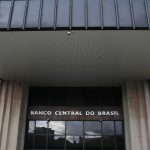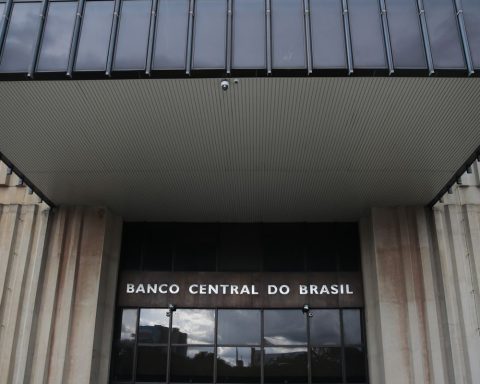The difference from what analysts and the international market expected, the The United States economy registered a setback in the first quarter of 2022 1.4% due to lower inventory growth and a higher trade deficit.
(High inflation would drive a new hike in the Issuer’s rates).
The result, as evidenced by the press agencies, was “much worse” than expected by analystswho had estimated a slight increase in this period.
“The contraction that was registered is surprising (…) This puts on the table the possibility of a recession, especially in the event that the Federal Reserve tries to advance at the rate that has been suggested in recent weeks,” said Diego Camacho, economist international senior of Credicorp Capital.
(Events that have marked the Colombian and Latin economy recently).
It is worth noting that this drop occurred after the economy grew 6.9% in the last quarter of 2021, according to figures published this Thursday by the Commerce Department.
This fall, as recalled by the Bancolombia Research Group, represents the largest contraction for the United States economy since the second quarter of 2020 due to the crisis and closures generated by the covid-19 pandemic.
THE REASONS
One of the factors that explained the fall of the US economy is explained by the trade balance deficitwhere in the analysis period, more imports than exports were recorded.
“Indeed, due to the increase in the price of imported goods due to problems associated with the supply chain and the invasion of Ukraine, the prices of essential raw materials have increased, which is obviously an element that affects the reactivation,” said the LifeInvest consultancy. Wealth Management.
For this period of analysis, the trade deficit grew to 14.2%, a level not seen in the last decade. Exports fell 1.5% while external purchases grew by 4.2%.
Likewise, according to the Bancolombia Research Group, inventory changes fell 17.9%.
On the other hand, most of the fiscal stimulus programs launched by the federal government to support families and businesses in the face of the impact of the pandemic have also expired. Thus, this segment of public spending registered a contraction of 0.7%, where the spending of the Federal Government (-1.5%) was higher than the State (-0.2%).
Likewise, according to the statistical report, the increase in cases of the omicron variant also influenced “continuous restrictions and interruptions in commercial operations in some parts of the country.”
THE POSITIVE POINTS
Among the positive divisions of the statistical report, the category of private consumption stands out, which rebounded in the period by 0.7%, driven by the demand for services that increased 1.1%, while that of goods showed a slight decline of – 0.03%.
“On the durables side, the good moment was explained by the demand for vehicles and spare parts, furniture and equipment for the home, and entertainment goods. In relation to non-durables, the most pronounced drop was in spending on fuel, followed by that recorded in clothing and footwear”, cites the Grupo Bancolombia report.
In the case of services, the divisions that contributed the most were spending on health, housing and public services and financial services.
BIDEN RULES OUT PROBLEMS
At a press conference this Thursday afternoon, the President of the United States, Joe Biden sent a message of calm and ruled out future uncertainty about his country’s economy.
“The US economy, driven by working families, remains resilient in the face of historical challenges,” said the president, stressing that “technical factors” affected performance between January and March, according to what was reported by the AFP agency.
Biden would later add that “he is not worried” about a risk of recession in the country and emphasized that the US “faces the challenges of covid-19 throughout the world, the unjustified invasion of Ukraine by (Russian President Vladimir) Putin, and world inflation”.
IS THERE A RISK OF RECESSION?
After knowing the drop in GDP, the alarms went off about the recession shock that could fall on the United States, however, it is still too early to evaluate it. It is worth noting that for an economy to enter a recession it must fall three consecutive quarters.
“The economy is not slipping into recession … Trade has been hit by rising imports, but this will eventually ease,” Ian Shepherdson, chief economist at consultancy Pantheon Macroeconomics, said in a note to clients.
Analysts are confident that the US economy will recover after overcoming the omicron wave and will rebound in the rest of the year, although at a slower pace.
THE FED SCENARIO
The data for the first quarter is known a week before the Federal Reserve (FED) raises the interest rate in the United States again, a policy that, as they have commented in recent days, will be “aggressive” in an attempt to control inflation. .
However, analysts maintain that the monetary body “does not have” much room to make increases and that its policy could slow down the recovery.
“If it were to do so, the big question is whether that will not cause an impact on financial stability,” argued Camacho, from Credicorp.
ROBERTO CASAS LUGO
BRIEFCASE

















